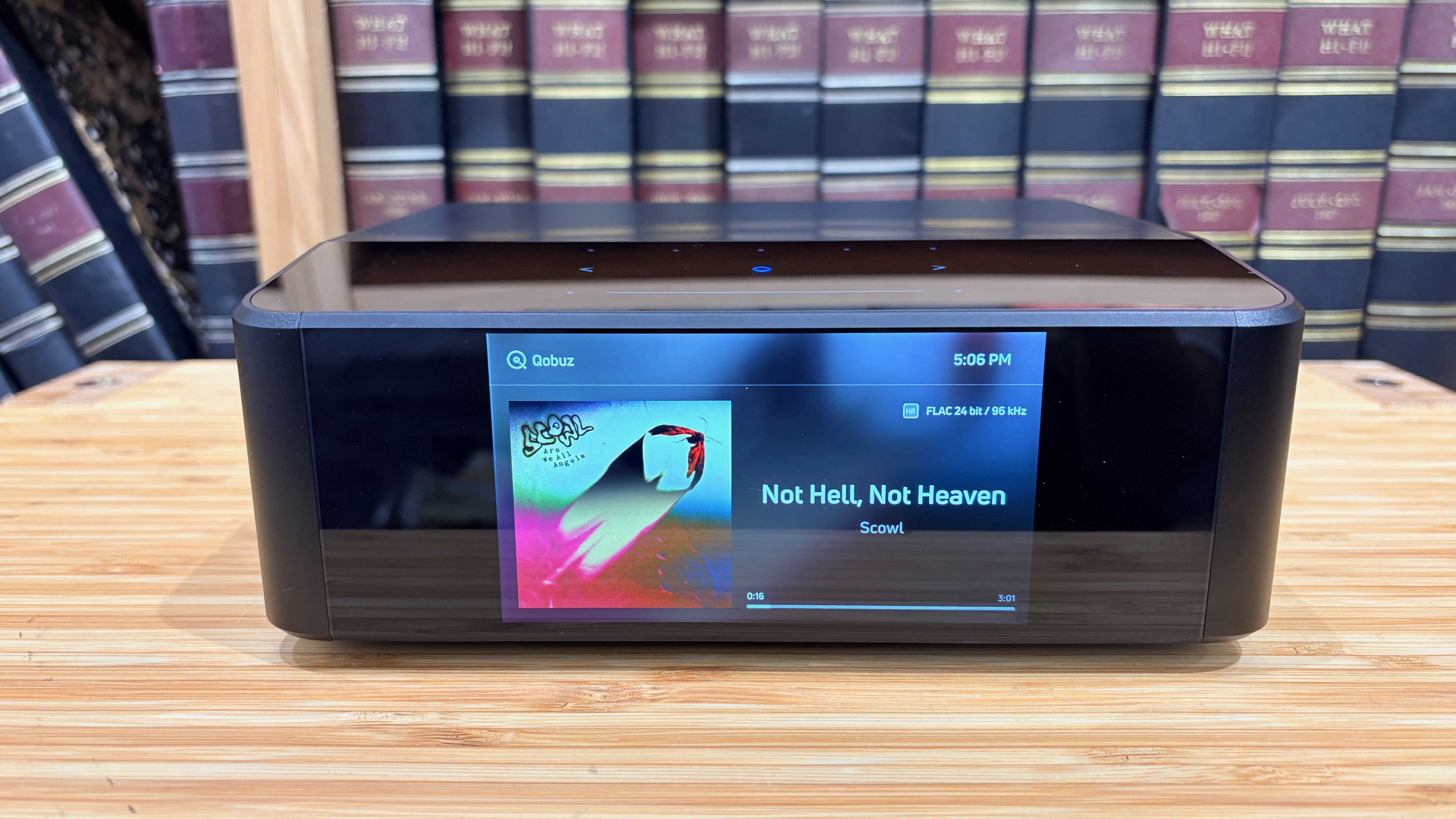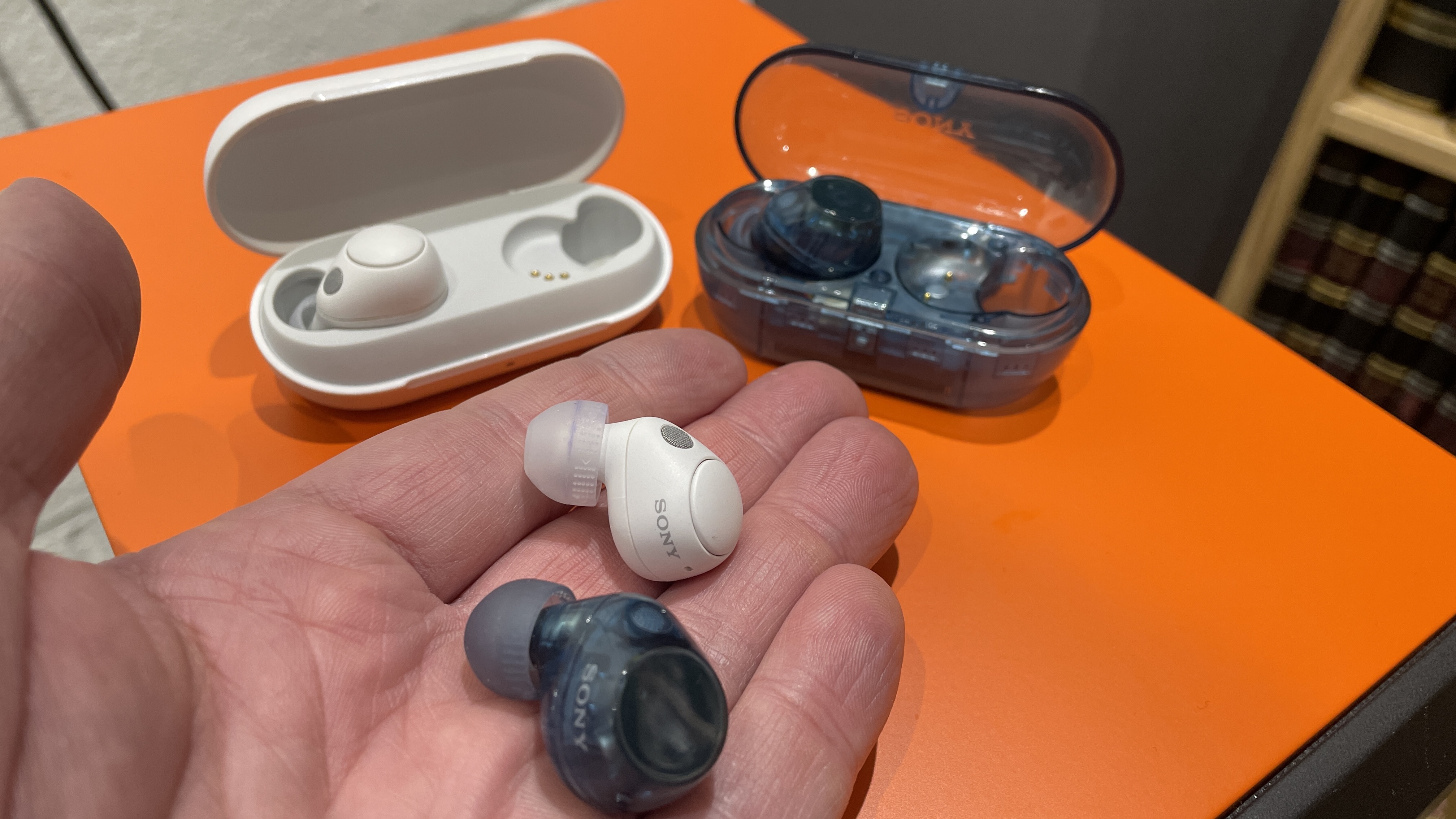What Hi-Fi? Verdict
Bluesound’s flagship streamer is a triumph, with an engaging, musical performance that delights along with a fuss-free, stable streaming platform and sturdy, compact build
Pros
- +
Rhythmically agile and dynamically engaging sound
- +
Clear and insightful detail
- +
Very stable and well-featured streaming platform
- +
Compact footprint
- +
Two 6.3mm headphone sockets
Cons
- -
Price rival offers a bigger soundstage
- -
Glass top can be a fingerprint magnet
Why you can trust What Hi-Fi?
Bluesound has had a run of very competent, well-featured and well-priced compact music streamers, but it’s been a while since one really stood out as a class leader when it comes to outright sound quality.
That all changes with the Node Icon.
Where the mid-range Node (2024) model conceded to the greater musicality of the Cambridge Audio MXN10, and the budget Node Nano couldn’t topple the wallet-friendly WiiM Pro Plus from its throne, the Bluesound Node Icon stands head and shoulders above its siblings in design, features and, most importantly, performance.
Price
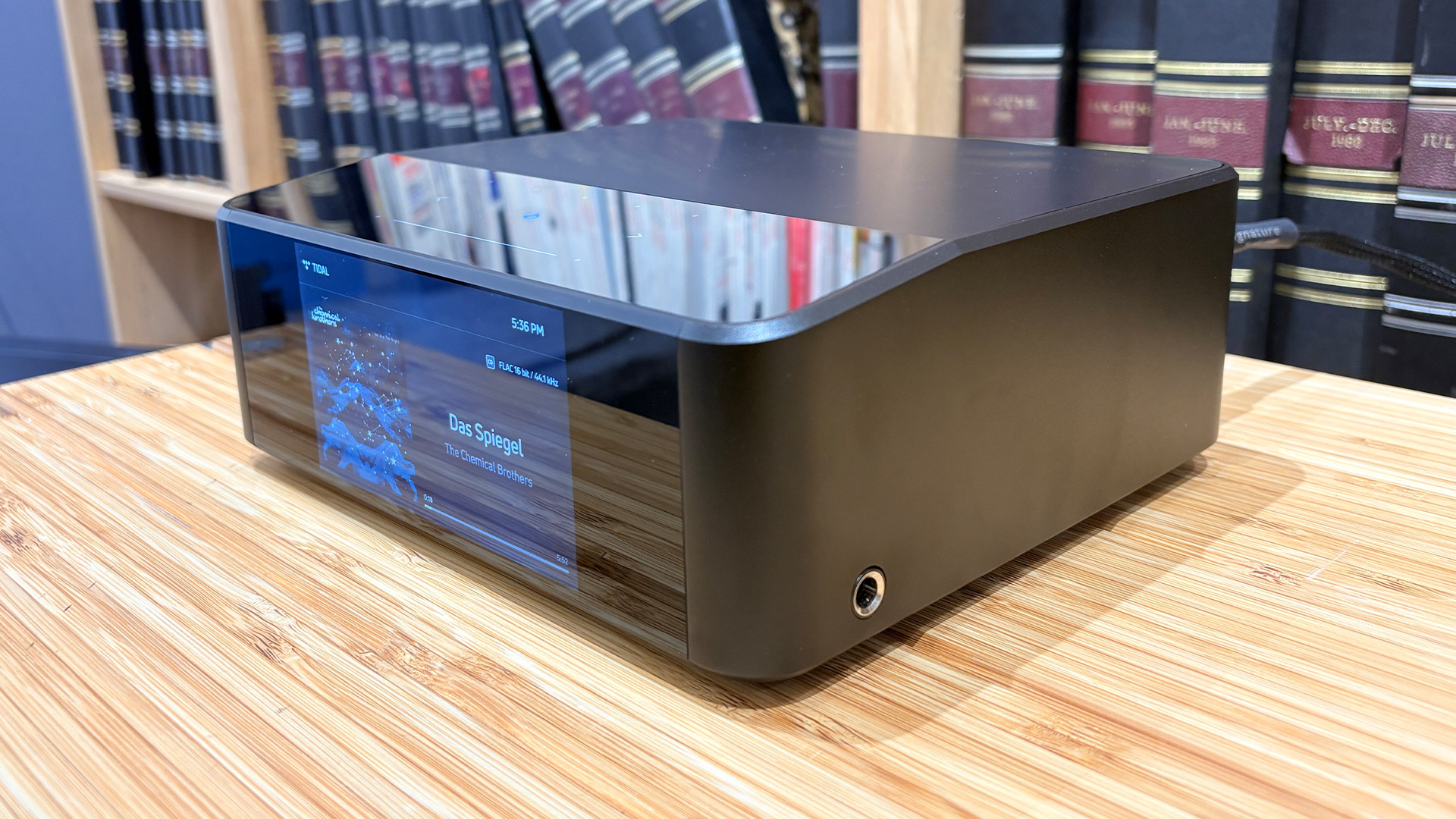
The Bluesound Node Icon is yours for £899 / $1199 / AU$1949 and is the priciest of the current Node range of streamers. Its main competition is the five-star Cambridge Audio CXN100, which retails for a very similar price at £899 / $1049 / AU$1899.
After a time with the Icon and its many talents, you might well think it outperforms its sub-£1000 billing.
Build & design
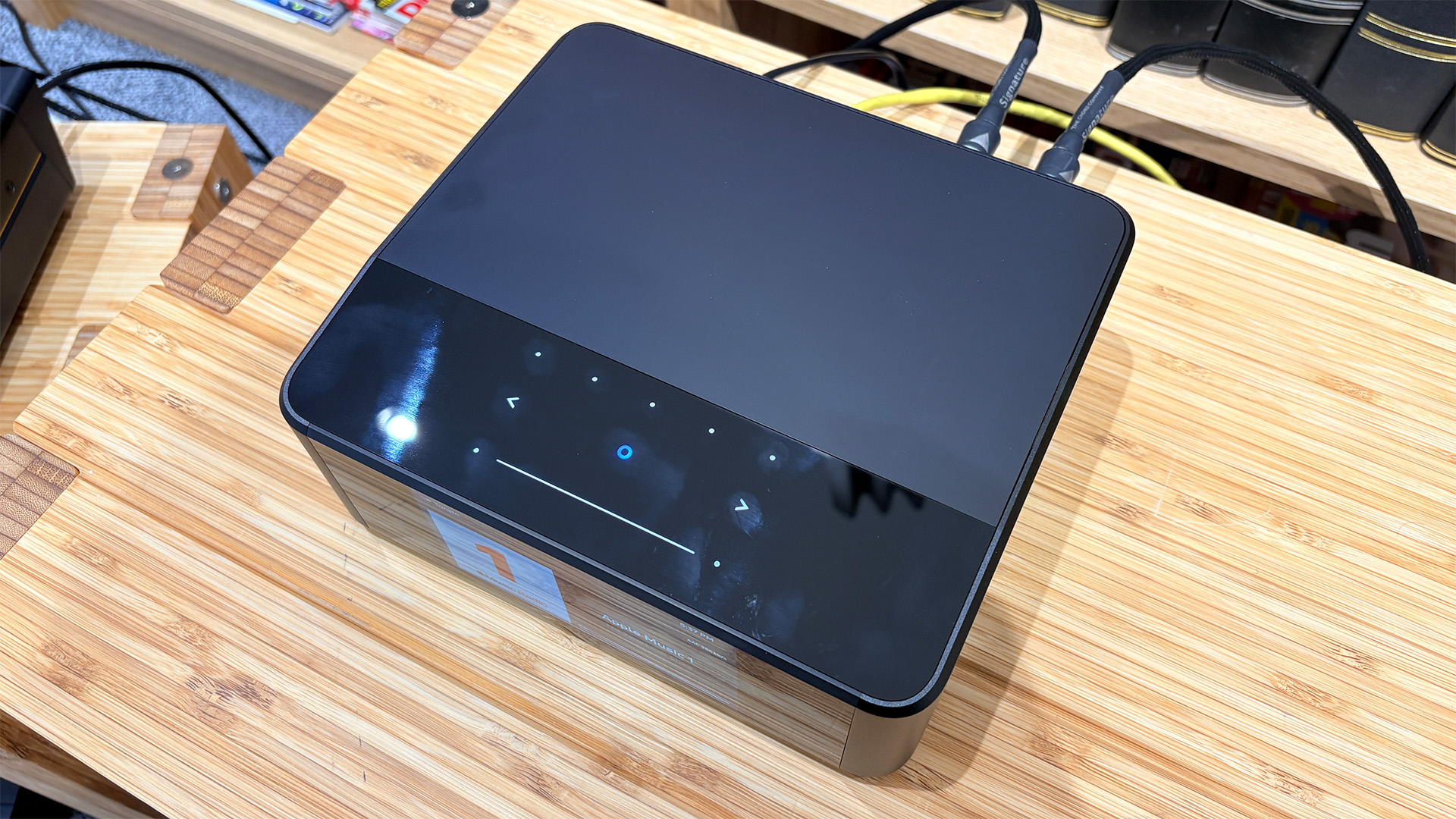
The three members of the Node family have distinct profiles, but instead of the slimline, ‘modem’-like designs of most Nodes, the Icon is a taller, boxier unit. It’s still a fairly compact unit, taking up roughly the same footprint as the smaller Node (2024) and Cambridge Audio MXN10, but is twice the height of its younger sibling.
Its build quality is of a considerably higher quality, too – the anodised aluminium metal casing and shiny glass top feel sturdy and substantial. Altogether, it’s a classier and more premium-feeling unit, but is still discreet enough to hide away in your listening room if that’s your preference.
The latest hi-fi, home cinema and tech news, reviews, buying advice and deals, direct to your inbox.
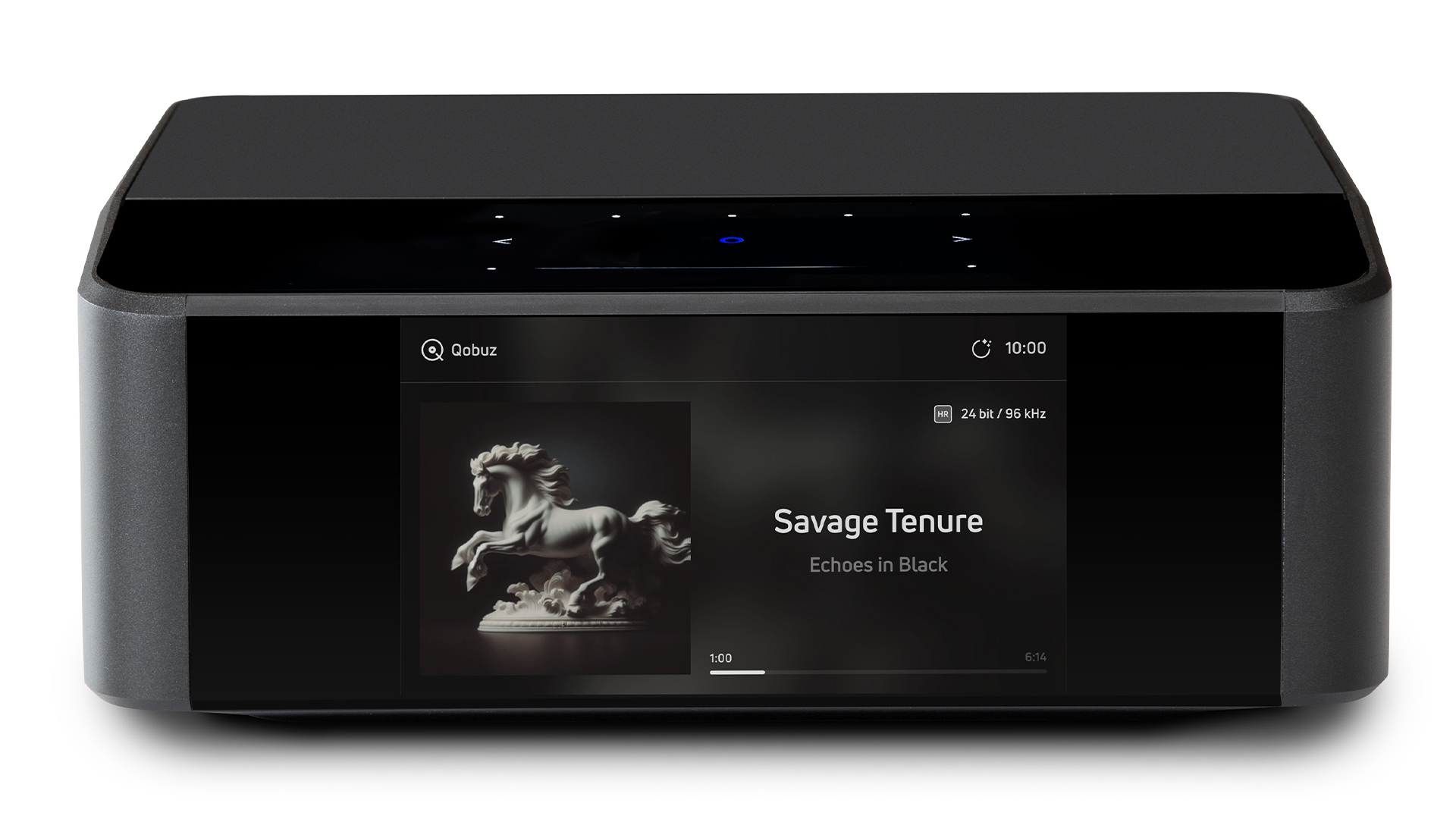
Streaming features AirPlay 2, Bluetooth, Spotify Connect, Tidal Connect, Qobuz Connect, Amazon Music, Internet Radio, Roon Ready, Dirac Live Ready
Network Wi-fi, ethernet
Bluetooth 5.2 (aptX Adaptive)
Inputs RCA line level, optical, HDMI eARC, USB-C, USB-A
Outputs Balanced XLR, RCA line level, coax, optical, sub
Headphone output 6.3mm headphone jack x2
Max file resolution 24-bit/192kHz PCM, DSD256
Dimensions (hwd) 8.4 x 22 x 19.3cm
Weight 2.23kg
What stands out is the 5-inch full colour display that dominates the front panel. It’s the first Bluesound streamer to sport a screen, and it is sharp, clear and appealing. It displays album artwork, track and source information when music is playing, while a clock face is shown when the unit is on standby or, unusually, when the music is paused.
This is a quirk of the unit’s system that can’t be changed; Bluesound states that the clock display automatically slides in to prevent issues such as image burn-in on the screen, to reduce interface clutter when the unit is inactive, and simply to provide useful information – the time – when it’s in idle mode. We do sometimes wish the ‘now playing’ screen stayed on for a little longer, but it’s a pretty small niggle in the grand scheme of things. Bluesound’s reasoning is sensible, and we get used to this quirk in the course of our testing period.
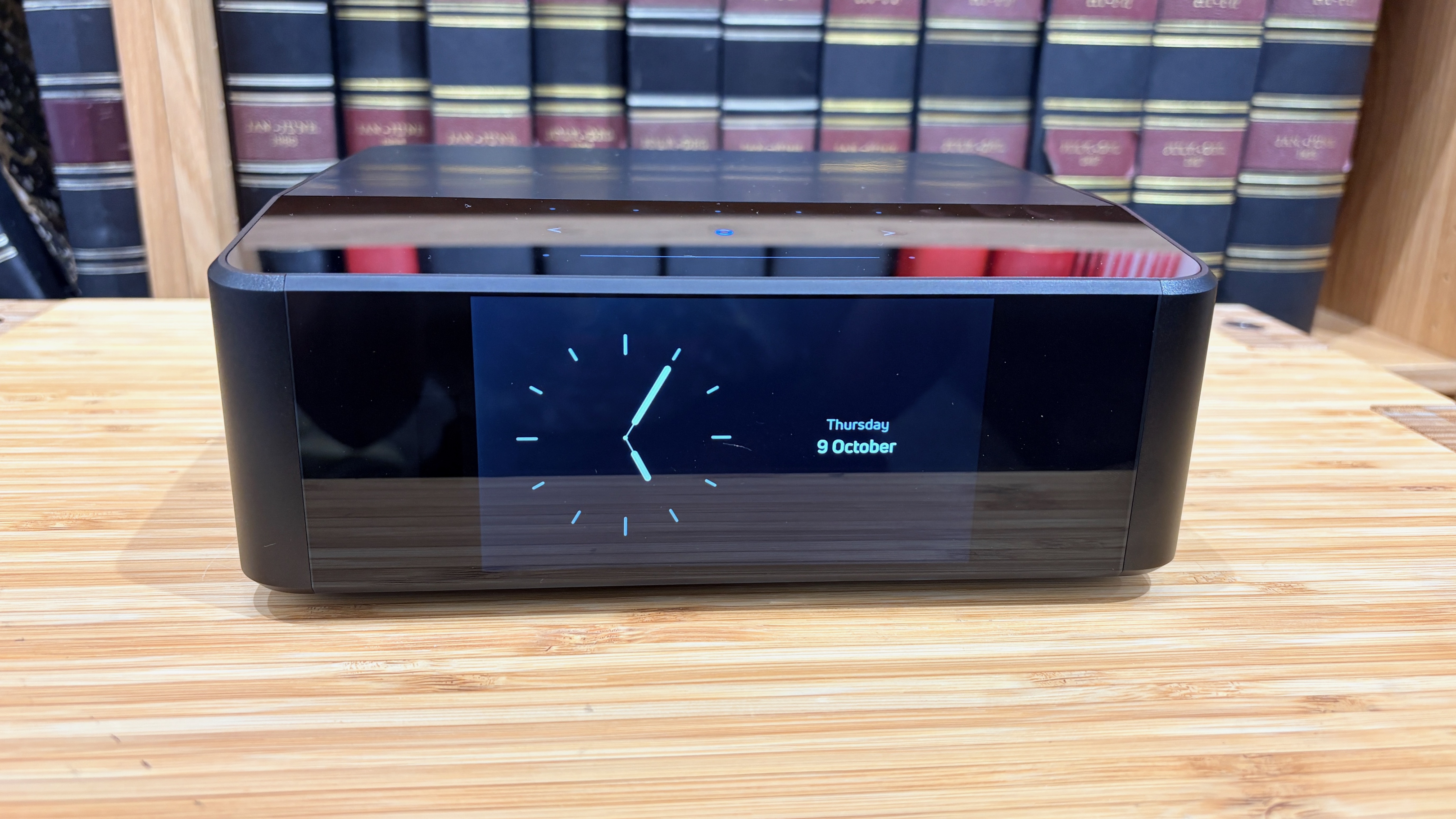
It’s also worth noting that, unlike some of the screen-toting WiiM and Eversolo streamers, the Node Icon’s display isn’t a touchscreen one. But the Icon does incorporate the touch-capacitative controls that we’ve seen on its siblings. That sloped glass section on top of the unit houses this strip of touch controls, which includes basic music playback (pause, play, previous and next-track skipping) and a volume slider.
More usefully, you can appoint five presets that are readily available to you by tapping the five illuminated ‘dots’ – meaning you can play your favourite playlist or radio station with a single tap, without having to fire up your smartphone or app. Neat.
The controls are responsive, and the streamer is overall easy and uncomplicated to operate, especially when combined with the handy BluOS app. The touch controls on the highly reflective glass panel do pick up fingerprint marks easily, but we should note that this is less obvious in person than how it looks in our photos here.
Features
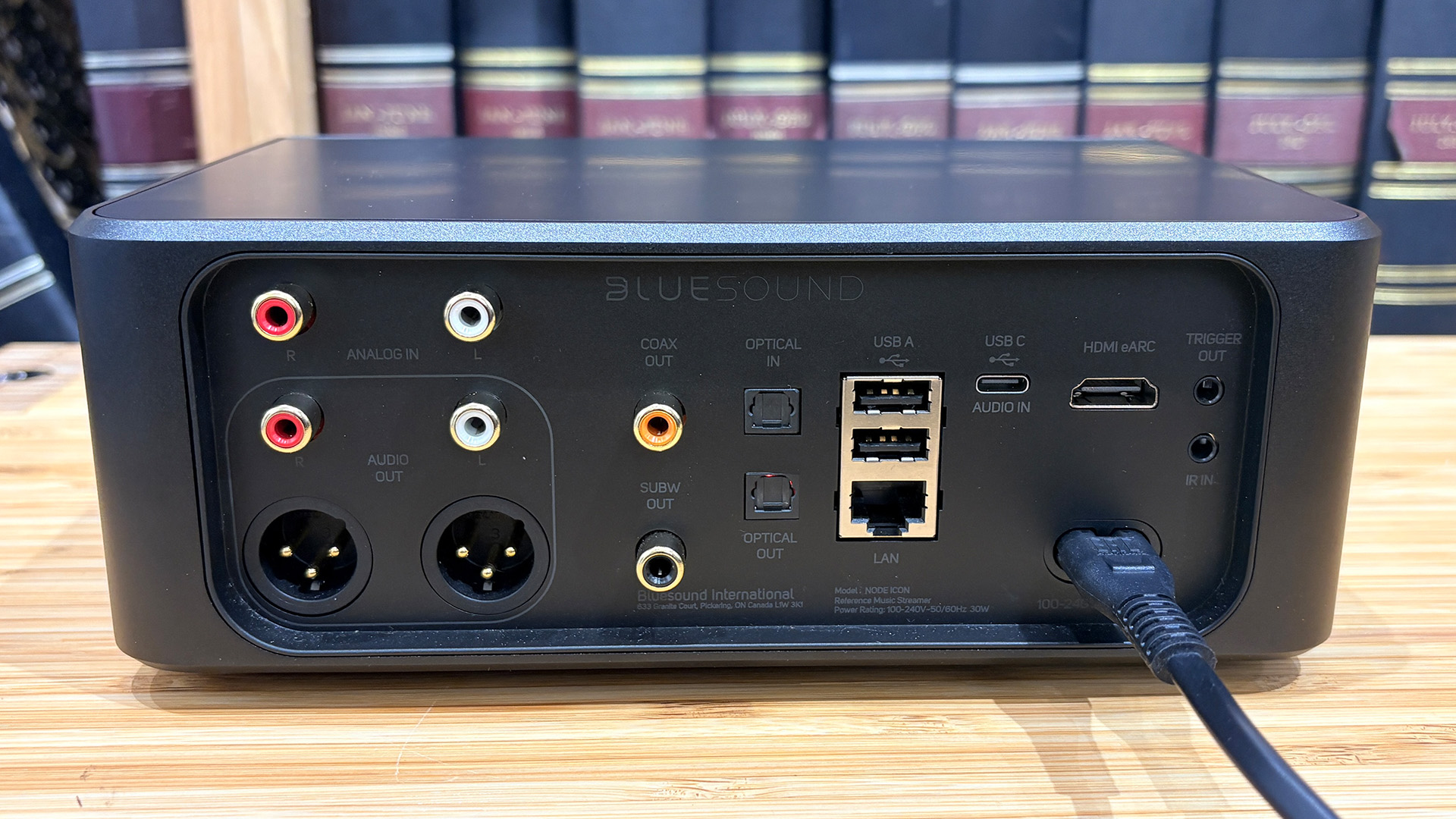
Pitched as the “audiophile” flagship option of the Node family, Bluesound has imbued the Node Icon with more advanced audio technology and tuning, and a greater spread of connections, although the streaming elements remain the same across the family.
Internally, the Icon features twin ESS Sabre ES9039Q2M DAC chips in a dual-mono DAC architecture. This means each chip can devote its full processing power to each channel, with Bluesound saying this offers a more separated and “pure” sound. The Icon has an integrated power supply design that aims to reduce noise and produce a clearer signal, while a “transparent” circuitry helps with delivering high levels of resolution, dynamism and ultra-low distortion.
As with the current Bluesound Node products, the native file resolution support here goes up to 24-bit/192kHz PCM and DSD256.
In addition to that, the Node Icon is the first to implement MQA Labs’ Qrono digital-to-analogue technology, following parent company Lenbrook’s acquisition of MQA Ltd and its technologies. The Qrono technology aims to further refine the DAC’s timing response, so that it aligns more authentically with the original recording. We always found Tidal’s MQA tracks have the upper hand when it comes to rhythmic ability, so we are hoping that this sonic trait translates here.
The Node Icon runs on the tried-and-tested BluOS streaming platform, which is smooth-running and feature-packed. The connection is stable over both wi-fi and wired Ethernet, and we didn’t encounter any issues when playing music from Tidal Connect, Qobuz Connect, Spotify Connect or BBC 6 Music.
The BluOS app supports plenty more streaming services and various internet radio stations, and is overall well organised and intuitive to use, especially with large music libraries stored on connected NAS drives or media servers.
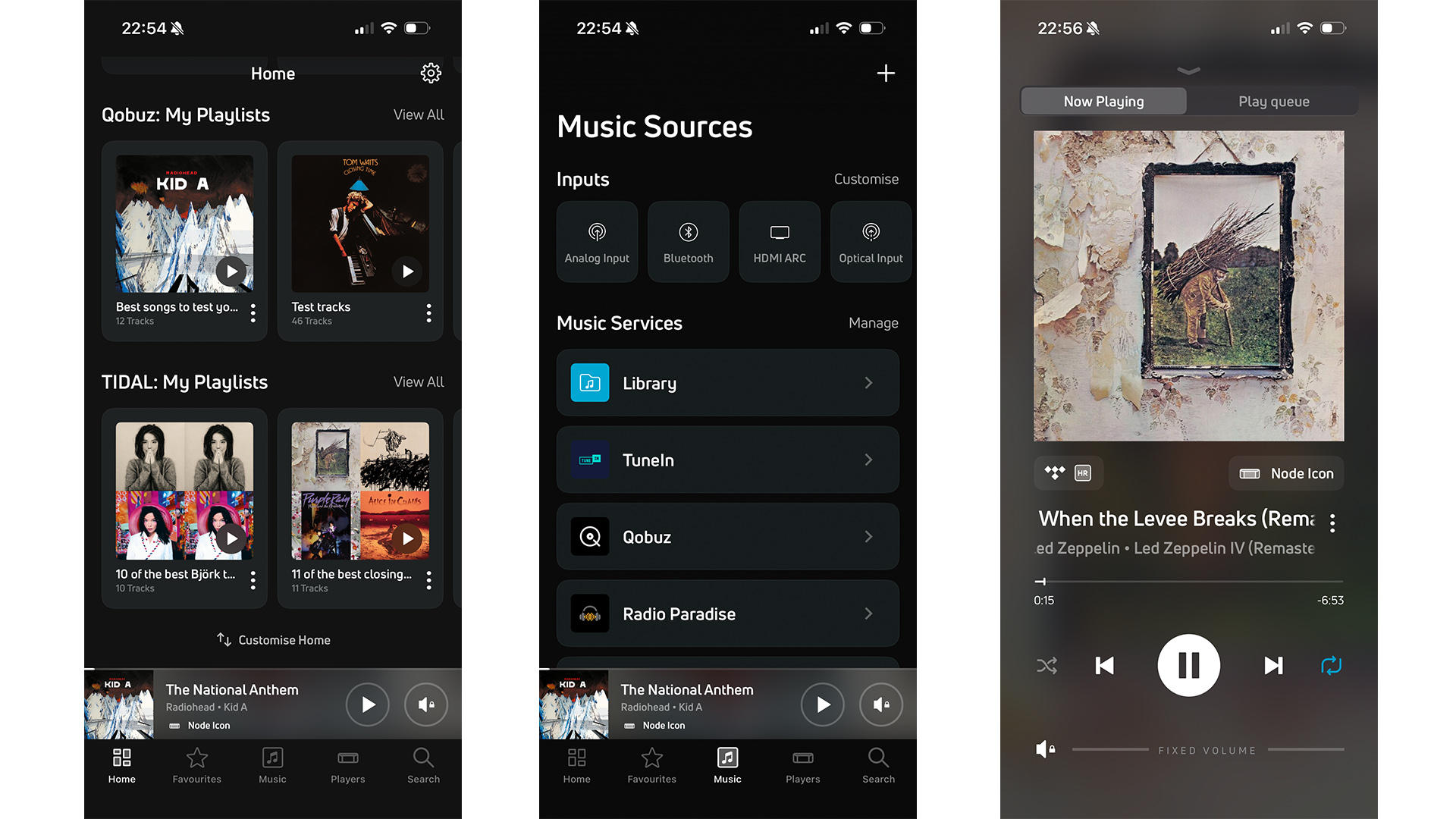
There’s no Google Chromecast support, however, which is standard for all BluOS-supported products. Some might miss this functionality, but Bluetooth (of the aptX Adaptive variety) and Apple AirPlay 2 are also on board for convenient streaming from a smartphone or tablet.
There is scope to adjust the Icon’s audio settings further in the app: there are gain options, mono/stereo playback modes, tone controls (which we preferred to leave off for a more solid, punchier sound), and the ability to toggle the fixed output level on or off, depending on whether you want to use the Bluesound streamer as a preamp.
You can also combine other BluOS-compatible wireless speakers and streaming products (from Bluesound, NAD, Cyrus, Dali, Roksan and more) into a wider multi-room system all through the app, should you wish.
Physical connections include digital coaxial and optical outputs, as well as an HDMI eARC for connecting the unit to a TV. The Node Icon is the only one of its family to include a pair of balanced XLR analogue outputs, alongside one set of RCA line level outputs. You also get an RCA line level and optical input apiece on the back panel, along with USB-A and USB-C ports for plugging in a laptop or external storage devices.
As with its streaming talents, switching between our connected TV and CD player is a smooth process, and the Icon never falters when we swap between multiple sources in quick succession to try and trip it up.
One of our favourite things about the Node Icon is that it offers not one, but two full-size 6.3mm headphone jacks, which are situated at either side of the unit. This means two people can simultaneously listen to the same music or TV show late at night. It’s a lovely touch. The headphone amplifier stage features THX AAA feed-forward error correction technology that promises low distortion levels and great clarity and soundstaging. Similarly to the Node (2024), the headphone amplifier proves once again to be of great quality in the Icon.
Another key USP of the Node Icon is that it is Dirac Live Ready, although you will have to separately purchase the calibration kit (£39, consisting of a high-sensitivity microphone and USB adapter) and a Dirac license to make it all work. Dirac Live is a room correction software designed to optimise the streamer’s performance to your listening space, especially if the room has serious acoustic issues.
There is a limited bandwidth licence ($159) and a full bandwidth license ($249); we were provided with the full kit for our review, but as we found during the NAD C 3050 with MDC2 BluOS-D module testing, this doesn’t make much of a substantial difference in our acoustically treated test rooms. However, we can see the benefit of investing in this calibration kit and software when your listening space is less than ideal, and so we will be trying the Dirac Live effect further when one of our reviewers takes the Node Icon into their home, which has zero acoustic treatment.
Sound
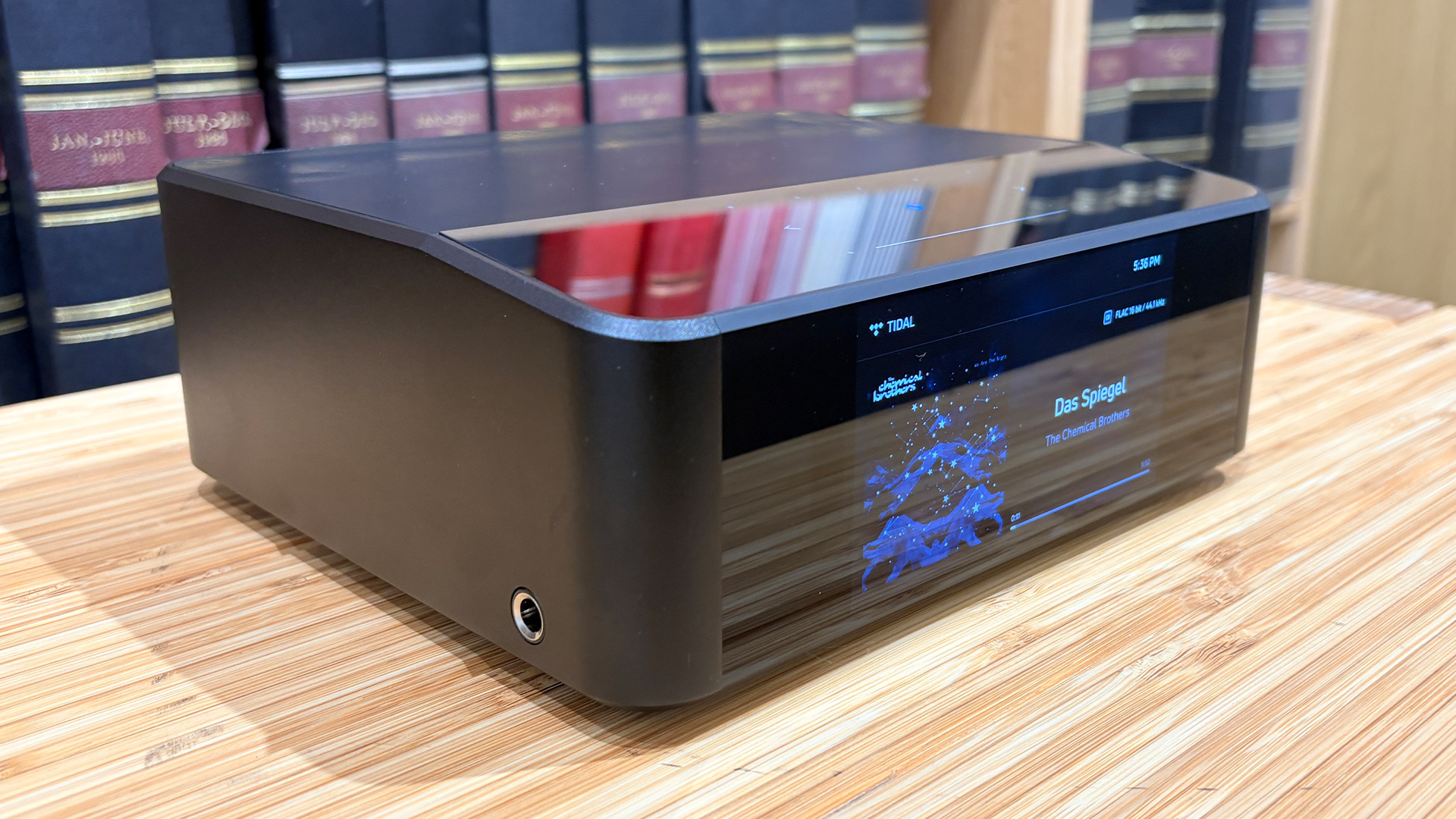
Despite the time it’s taken us to get to the sound quality section, getting music playing from the Node Icon takes a small handful of minutes after unboxing it. What’s even more pleasing is just how musically engaging the Node Icon sounds right from the start.
The Bluesound products we’ve recently reviewed have been capable and competent, but we felt that they were missing some kind of spark. There are no such reservations with the Node Icon. It’s a lively, engaging and dynamic performer that grabs our interest at the beginning and only continues to impress us the more we listen.
Plugged into our test room’s reference system of the Naim Nait XS 3 and Epos ES-7N speakers, the Node Icon delivers music with a pleasing richness and solidity, along with having an agile sense of rhythm and a strong handle on dynamics.
The fiery intensity and propulsive rhythm in Eminem’s The Way I Am is delivered with punch and snappy timing, while the solo drum pattern in Dave Brubeck’s Take Five is tightly and cohesively knitted together – it all makes rhythmic sense and keeps our attention hooked on the music.
This isn’t an extroverted, look-at-me presentation, but the Icon’s sound has a glimmer to it – underpinned by stellar composure and well-judged ability over the frequency range – that is so appealing to listen to that we find ourselves playing song after song through the Node Icon and having a great time.
There is clarity and detail aplenty when conveying The Unthanks’ delicate but nuanced vocals in Gan To The Kye, and there is a satisfying amount of body and twang to the shapely and taut basslines in Chaka Khan’s Ain’t Nobody. There is a lovely fluidity and precision to the way the Node Icon handles music from any source, with a nimble footing that keeps pace with whatever genre of song we throw at it.
The Node Icon sounds even more at home when paired with the price-compatible Arcam A5+. Both meld together with a deft handling of dynamics that means there is an appropriate sense of drama and excitement when listening to Fontaines D.C.’s high-octane Starburster track. The Icon is able to tidily convey the subtler flourishes and different timbres of instruments in Khruangbin’s funky, easy-going Maria Tambien, as well as the softly mournful piano notes in Ólafur Arnald’s Raein composition.
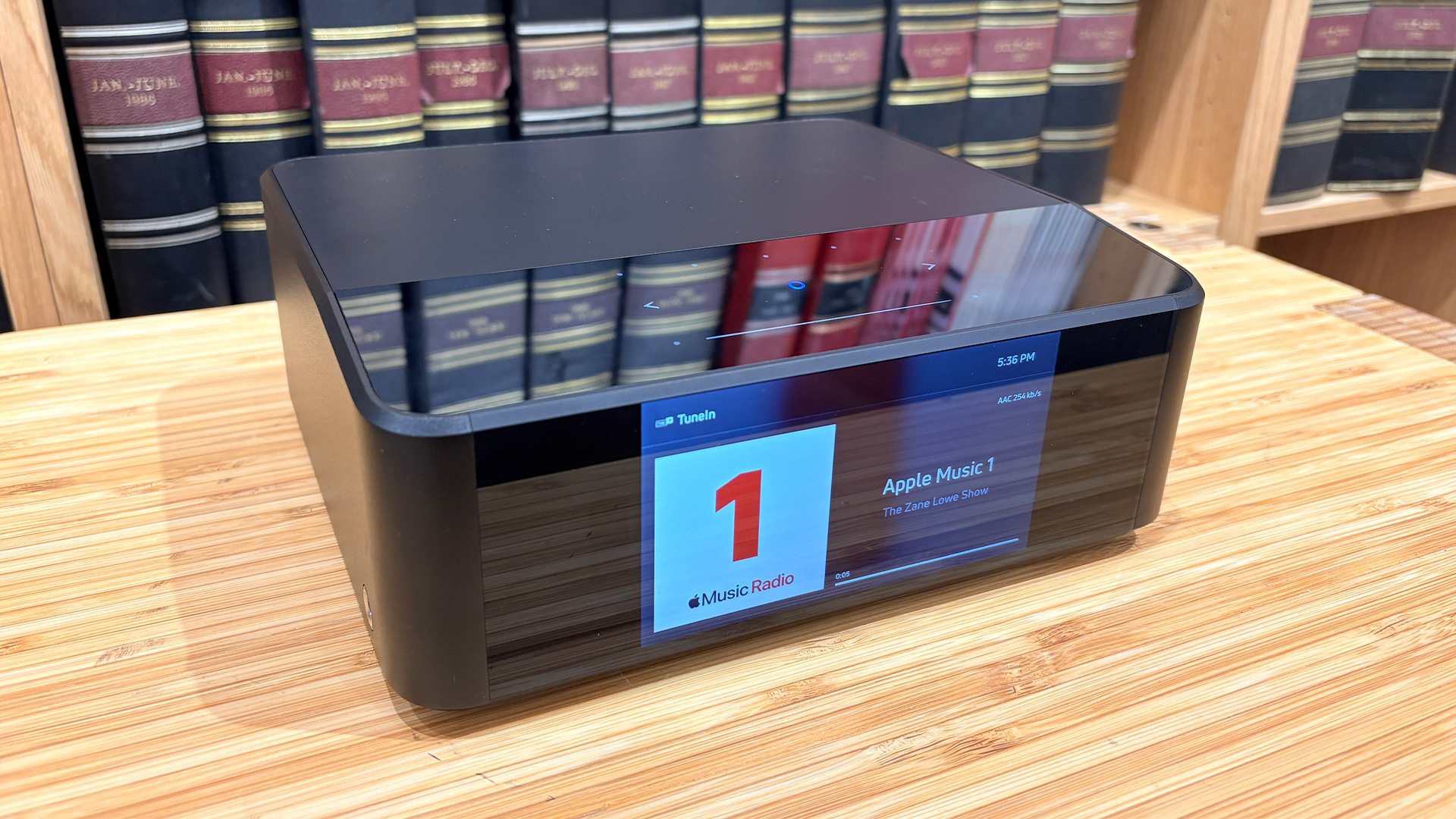
This lithe and musically engaging presentation is heard across the various inputs, too, with albums played on our Cyrus CDi player sounding clean and solid via optical, and hi-res songs from our NAS drive having that bit more depth and grip. Songs played through Bluetooth naturally dip in power, punch and detail as expected, but it’s perfectly fine as a convenient solution.
To give credit to the Node Icon, it doesn’t put a spotlight on any sonic element in particular, aiming to simply deliver music in a confident, balanced and entertaining way. The streamer is transparent enough to reveal the subtle differences in source quality or of the era in which a recording was made, such as how a 1970s soul track has such a different feel and texture from a modern, polished K-pop production.
The Icon deftly relays all these nuances in space, texture and resolution without making too much of a meal of it. It doesn’t try to embellish any frequency, nor does it try to hide any warts – this is a quietly but terrifically capable performer that simply gets out of the way and lets the music shine through.
Plug a pair of Beyerdynamic DT 990 X Pro open-back headphones in, and we’re met with vocals that are crystal clear and emotive against an impressively quiet background, while instruments and melodies retain their snap and sparkle. It’s an excellent performer, and we wouldn’t hesitate to aim higher with your audiophile headphone pairing.
The five-star Cambridge Audio CXN100 rival offers a bigger and more spacious soundstage than the Icon, but we find ourselves willing the leaner Cambridge streamer to sound that bit more propulsive and more dynamically adept with the same songs during our comparison testing. The Bluesound is more musically cohesive and dynamically subtler; it times better and has that spark that keeps our attention fully captured through the drama and message of a song.
Verdict
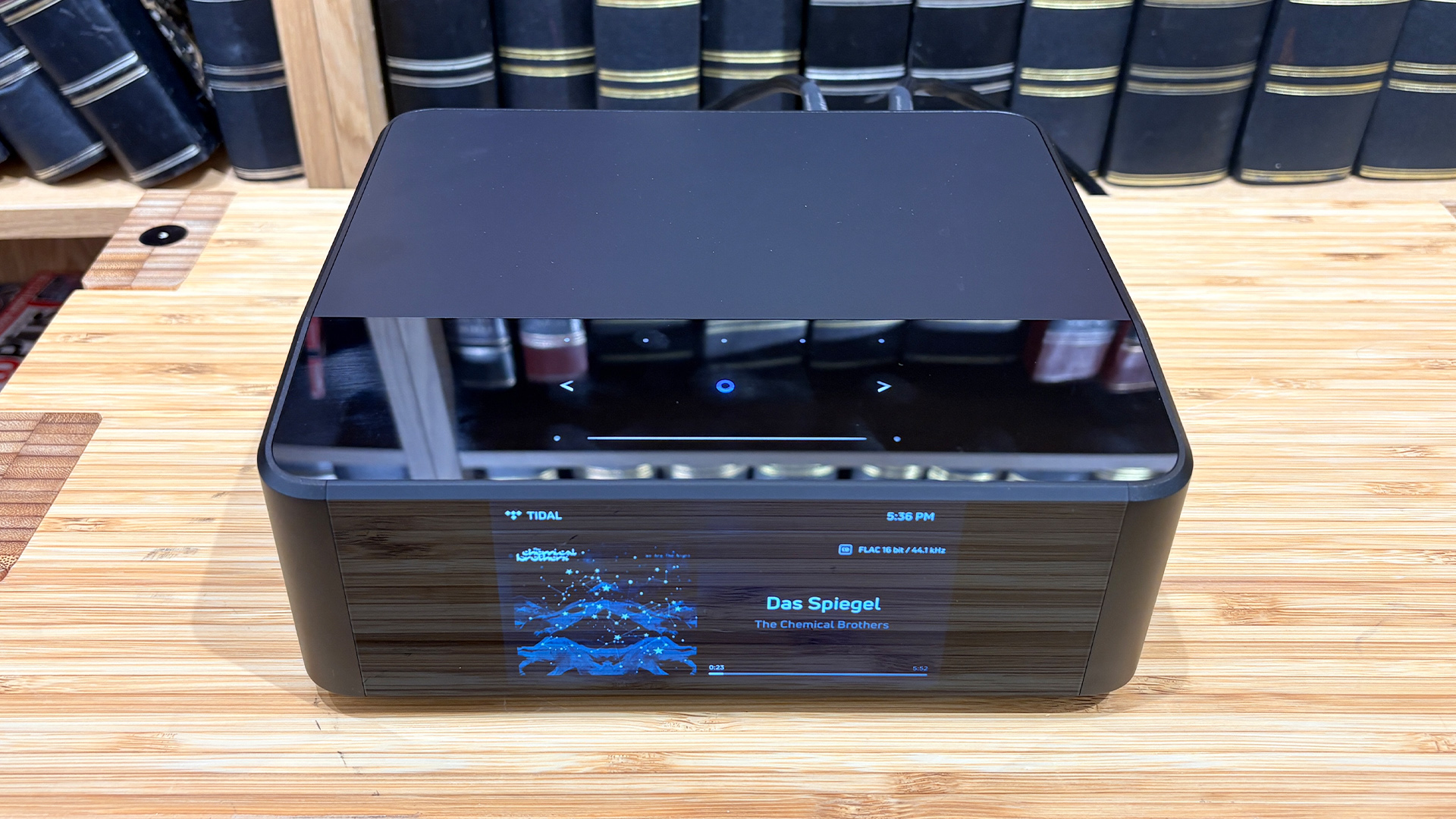
Sure, it could sound bigger, and pricier options from Naim, Cyrus and Audiolab raise the standards even higher and are more articulate, insightful and offer greater precision and control. That the Node Icon sounds so deft, composed and fun at this sub-£1000 level is pretty remarkable, and it does so with such ease that it puts rivals to shame.
We hope the Node Icon’s strong sonic talents are reflected in Bluesound’s future models, as its wonderfully musical, engaging quality holds our interest like no other Bluesound product has done before.
For anyone looking for a compact, feature-laden, fuss-free streamer that sounds great for a rather reasonable price, we can’t recommend the Node Icon highly enough.
Review published: 11th October 2025
SCORES
- Sound 5
- Build 5
- Features 5
MORE:
Also consider the Cambridge Audio CXN100
Best music streamers: top network audio players tested by our experts
Qobuz Connect: what is it? Which products support it?

Kashfia is the Hi-Fi and Audio Editor of What Hi-Fi? and first joined the brand 13 years ago. During her time in the consumer tech industry, she has reviewed hundreds of products (including speakers, amplifiers, turntables and headphones), been to countless trade shows across the world and fallen in love with hi-fi kit much bigger than her. In her spare time, Kash can be found tending to an ever-growing houseplant collection and shooing her cat Jolene away from spinning records.
- Ketan BharadiaTechnical Editor
You must confirm your public display name before commenting
Please logout and then login again, you will then be prompted to enter your display name.
